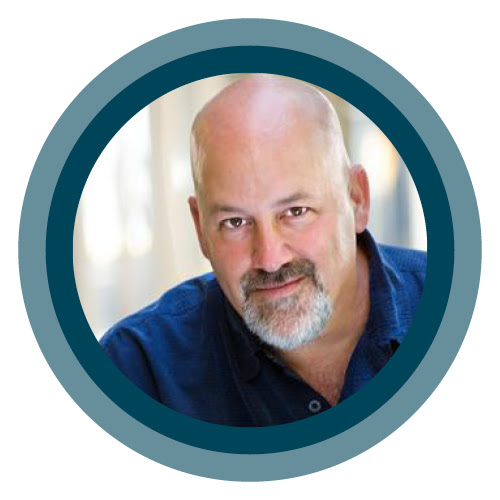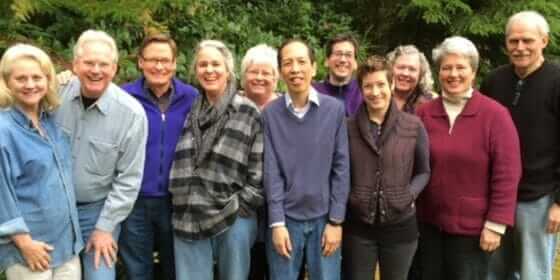Work Worth Doing: Meet Bob Keeney
by Marnie Jones
Robert Keeney is an indispensable member of the Whidbey Institute volunteer team, and frequently comes to the land for a day or a week at a time to build trails, remove hazard trees, clear windfall, and support our land care team with his labor, skill, and wisdom. He’s been coming to Chinook since 2010, and his volunteer hours this year alone add up to about three weeks of full-time service. This week, we had a chance to talk on topics ranging from intercultural friendships and childhood road trips to wildfires and the unknowable future.
Bob helps at the Whidbey Institute with tasks ranging from plumbing to forestry, but he really shines in stewarding our 100 acres of wooded trails. “He always finds a simpler way to do something,” Land Care Coordinator Robert Mellinger said, “and he draws from decades of experience.” Recently, for instance, Bob pulled two trees off roofs using complex rigging and knots he may have learned during a stint as a tugboat deckhand.
“He pays a lot of attention to people’s experiences,” Mellinger went on. “In doing tread work and regrading trails, for instance, he’s thinking of the kinds of people who might use them. Can an elderly person use the trail? A mother with children?”
Staff members appreciate Bob Keeney’s technical skills—his lifetime of experience and his mechanical aptitude—as well as his perception, his powers of observation, and sensitivity for the health of trees and humans alike. “He’s really brilliant at making subtle changes that have a big impact,” said Thomas Anderson, Resident Caretaker. “A lot of the stuff he does is very important but almost invisible.”
Bob said his volunteerism at Chinook stems from a sense that he likes what we’re doing here, and the way we’re doing it. “My personal belief has been that everybody who’s any good at anything ought to float a certain amount of that talent on the water,” he said, “Since the thing I’m best at is being a sort of a forest handyman, that’s what I’ve got to donate.” Bob said his dedication comes not so much from an abundance of time, but from a conviction that this is what he wants to be doing with his life. “Anybody who knew me, and knew all the things I have to do, would say I don’t have the time to be here and do this. They might be right, but I don’t particularly care. If I choose to come here and help you people with a project that I think is worth doing, and I’m working with people that I think are worth knowing, then I’ll do it!”
“A lot of the stuff he does is very important but almost invisible.”
“If you all spent more of your time worried about whether your glasses frames were sufficiently stylish, and your colors were more sufficiently coordinated, and whether your houses were fancy enough for the kind of people you wanted to entertain, I’d probably spend less time here. But no—you do what you do because you think it’s worth doing, and therefore I’m here to do the same.”
“If you all spent more of your time worried about whether your glasses frames were sufficiently stylish, and your colors were more sufficiently coordinated, and whether your houses were fancy enough for the kind of people you wanted to entertain, I’d probably spend less time here. But no—you do what you do because you think it’s worth doing, and therefore I’m here to do the same.”
Bob grew up with a librarian mother, a civil engineer father, and a civil engineer grandfather before him. He and his younger brother were inspired to emulate their dad and grandad. “We spent a lot of time outside, building things,” Bob said. “We grew up country, but my granddad was a country boy too. He had no particular training in Engineering, but he did math on a log-log duplex slide-rule. He could do things on that slide rule I never did figure out.” Bob called his mother’s parenting style “libertarian,” saying, “we could go outside, play in the creek, come in mud up to here and she wasn’t near as mad as . . . well, some kids’ mothers would have completely unspooled.”
Bob’s mother ignited in him a passion for reading which exceeds the ordinary, and which lives in him to this day. “I was an Aspergers kid,” he said, “ and Aspergers kids tend to know all there is to know about something that nobody else gives a hoot about. Since my mother was a librarian, I read very well before I started school. I could read all my textbooks in September and do very well on the tests next spring without ever opening a book again, and without doing homework. You don’t get a grade if you don’t do homework, so I wasn’t much of a student.” Nonetheless, he’s been an extraordinary student of life—from how to get a four-ton fir tree off a two-story roof to how to create community and learn from differences.
Sharing a story from his childhood, Bob explained a friendship which grew up between his father, a U.S. Army Officer, and Sister Catalina of a Filipino Catholic order during World War II. “She once asked my dad why she’d never noticed him saying his prayers,” Bob said. “My dad told her he wasn’t Catholic, and Sister Catalina looked pretty shocked. She asked, “why are you kind to us, then?”
Bob said he was five when he heard this story, and his father’s response has stayed with him to this day. “Dad said, ‘you’re trying to do good in the world. I’m trying to do good in the world. Therefore, we can be friends.’
Sister Catalina became Mother Superior of her order, and she and Bob’s father maintained a friendship for the rest of her life.
Growing up with a librarian and an amateur military historian made its impressions on Bob. He remembers childhood road trips, during which the family “collected” libraries, museums, and national historic battlefields. “It’s a lot easier to understand what happened at Gettysburg if you spend a day and a half walking around Gettysburg and reading the signs,” he said. “I read everything I find with words on it. It takes me a long time to light a fire—I’ve got to read the whole newspaper first.”
On the subject of Fire, Bob shared a more sobering story of how the Taylor Bridge Fire swept through his home near Cle Elum in 2012 while he was away at a Bellevue veterinary clinic with his late dog. “I had 24 acres, with 20 acres of trees,” he said. “I had a forestry plan, an 800 square foot dry cabin, and two shipping containers full of worldly goods. The fire burned it all. I went from having 20 acres of forest to having 20 acres of dead black sticks poking up in the sky.” Bob lost his cabin, his timber, and a great many tools, but also boxes and boxes of beloved books. “I lost every book my grandparents gave me,” he said. “Some I had just read. Some I was still reading. I remember them all.”
Bob said he’ll spend his whole life rebuilding what was lost, but that he sees some good has come of it. “As a result of that fire, I’ve met some real nice people. It’s an ill wind that blows no good.”
“I had 24 acres, with 20 acres of trees. I had a forestry plan, an 800 square foot dry cabin, and two shipping containers full of worldly goods. The fire burned it all. I went from having 20 acres of forest to having 20 acres of dead black sticks poking up in the sky.”
In addition to being an avid reader and forester, Bob is a machinist, model railroader, and great student of nature. “The one youthful statement for which I have absolutely no patience is ‘mom, I’m bored!,’” he said. “The thing is, boredom is a mental condition most easily gotten over by grabbing a book or going outside and looking at something in detail. That’s the whole secret—notice the details! Take a trip. Look out the window. Get off the freeway, take the little roads, and notice! Just notice! What kinds of birds are atop the hills? What kinds are in the valleys? What do the trees do at the tops of the hills, and what do they do at the bottoms?”
“The world is an interesting place. Look at that picture of Earth rising, taken during the lunar landing. It’s one of the most famous photographs that ever was. If you can’t look at the world like that, then go look under a bush. Just start noticing.”
Our interview ended with Bob pointing over my shoulder, out the glass window on the entry door to Thomas Berry Hall’s offices. “There’s a wren behind you,” he said. “Beautiful.” In silence, we watched her—both of us, together, noticing the details.
“Boredom is a mental condition most easily gotten over by grabbing a book or going outside and looking at something in detail. That’s the whole secret—notice the details!”
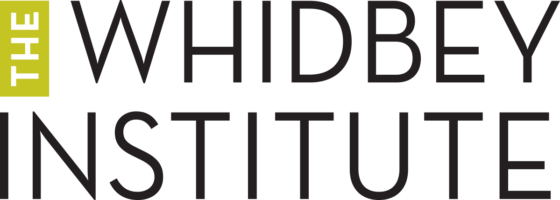
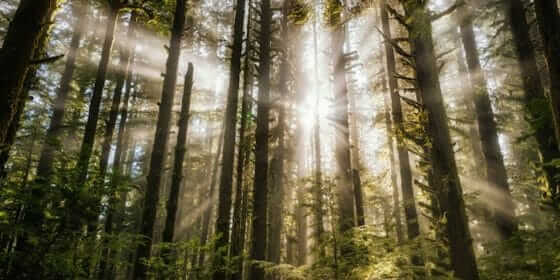
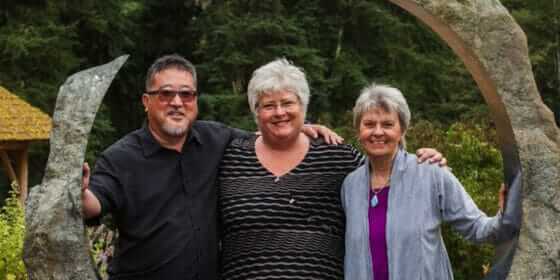

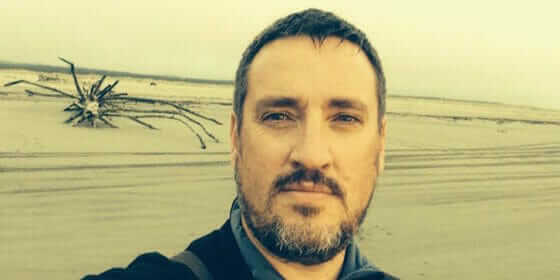
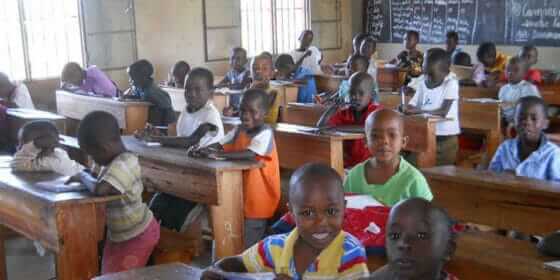
 A Message of Thanks-Giving
A Message of Thanks-Giving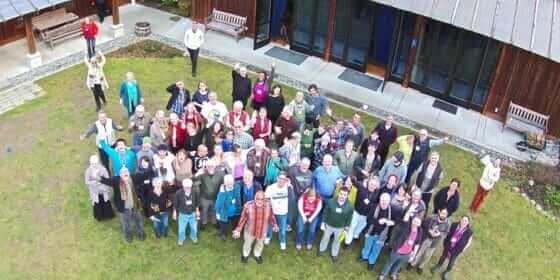
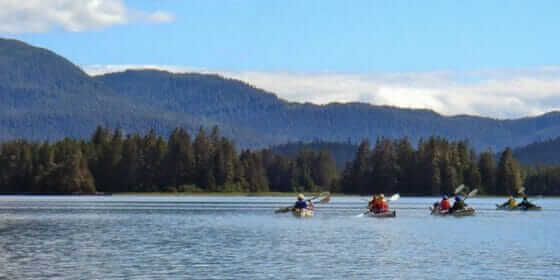
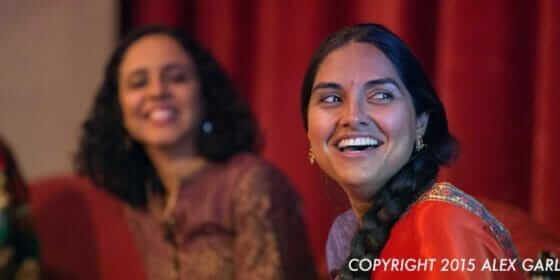
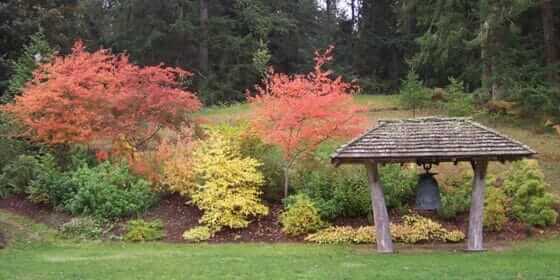
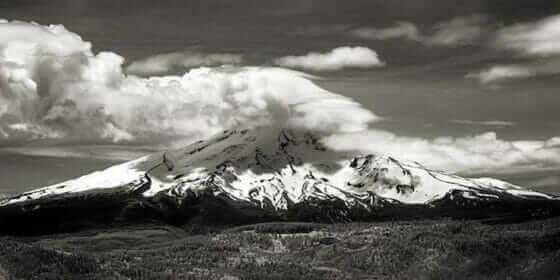
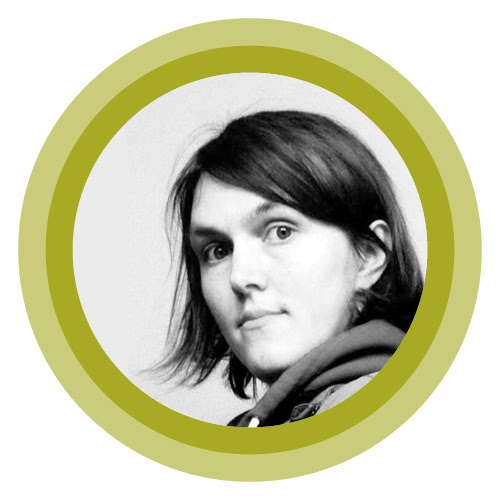 At the Whidbey Institute, we consider ourselves a “community of leaders.” To me, that means a commitment to being my best self and courageously seeking my own, passionate, engaged place in the work we share. How would a program like the Warrior Monk Retreat serve me in this effort?
At the Whidbey Institute, we consider ourselves a “community of leaders.” To me, that means a commitment to being my best self and courageously seeking my own, passionate, engaged place in the work we share. How would a program like the Warrior Monk Retreat serve me in this effort?